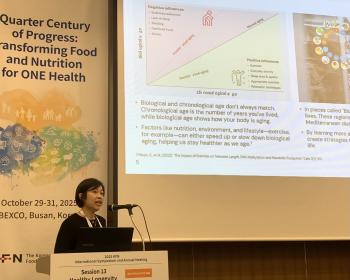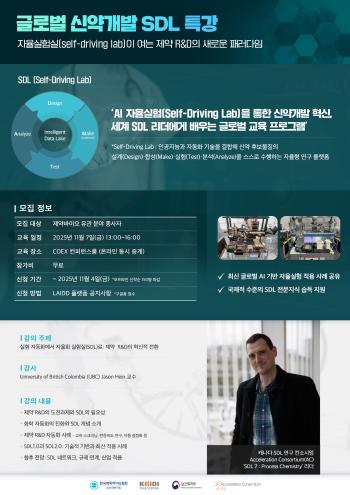Lymphoma swelling after cancer treatment, prevention and treatment?
Mar 31, 2025
|
Between the fat cells in our body, lymph fluid, a transparent fluid called 'interstitial fluid', flows through 'Lymphatic duct', passes through 'Lymph node' and joins large veins in the chest. Lymphoma is a disease in which lymphatic vessels are blocked for various reasons and lymph fluid flows backward, causing swelling between fat cells. If the duration of edema is prolonged, lymphatic vessels, surrounding cells, and tissues under the skin are denatured, degenerated, and fibrosis progresses, making the skin hard. In the future, bacteria penetrate lymphatic fluid that has been accumulated between cells, causing infection, and in severe cases, life may be in critical condition.
Professor Jeong Hyeong-hwa of Plastic Surgery at Soonchunhyang University Bucheon Hospital estimates that there are 90 million to 250 million patients with lymphoma worldwide. Although parasitic infections have been the main cause in the past, in recent developed countries, secondary lymphadenoma after cancer surgery and radiotherapy such as breast cancer, cervical cancer, and ovarian cancer are the most common."
"As the survival rate increases due to advances in cancer treatments, interest in long-term complications such as lymphoma and demand for treatment are also increasing."
Major risk factors for lymphadenoma include extensive resection of lymph nodes, which can cause metastasis well during cancer surgery, and postoperative radiotherapy. The more lymph nodes removed from cancer surgery, and the higher the risk of developing lymphoma when radiotherapy is performed after surgery.
The first symptom of lymphadenoma is 'swelling'. In general, symptoms appear about six months to a year after cancer surgery, but if it is sensitive, it can also be felt from three months. In the early stages, the arms and legs feel heavy, and clothes and shoes do not fit well. When swelling progresses, a 'embolic swelling' that leaves a mark when pressed with a finger appears. If it progresses further, inflammation of the skin and fat layer is repeated, and fibrosis occurs, making the skin hard like a tree, and if it gets worse, the skin splits. Toes and fingers bulging out or lymphatic fluid flows out.
Lymphoma is diagnosed through a nuclear medical examination confirming lymph circulation. Recently, lymphography technology using infrared cameras has been developed, and the degree of lymphatic fluid circulation and swelling can be checked in real time.
The mainstay of treatment for lymphoma is compression treatment. Effective compression with compression-only bandages and compression stockings often improves not only early lymphadenoma but also advanced lymphadenoma. If compression treatment does not improve even after a certain period of time, surgical treatment is considered. Surgery usually involves micro-surgery connecting a blocked lymphatic vessel to a vein to drain the accumulated lymph fluid into the vein. If fibrosis has already progressed, surgery is performed to remove stretched adipose tissue and fibrous tissue directly through an acupressure inhaler.
The most important thing for the prevention and management of lymphoma is weight management. Since the principle of lymphadenoma is that water accumulates between fat cells, increasing fat cells increases the space for water to accumulate. In fact, lymphoma often improves only by weight loss. In addition, since lymph circulation is highly dependent on arm and leg muscle contraction, strength training is very helpful in lymph circulation.
Professor Jeong Hyeong-hwa "Unlike other diseases, lymphadenoma is difficult to cure with surgery alone, and active and steady compression treatment before and after surgery is important. Recognizing that maintenance treatment can also take up to several years, close communication with medical staff and active cooperation from patients are essential."
"We hope that patients suffering from lymphadenoma after difficult cancer treatment will seek help from professional medical staff to alleviate symptoms and improve their quality of life through early diagnosis and constant management."
|
This article was translated by Naver AI translator.















